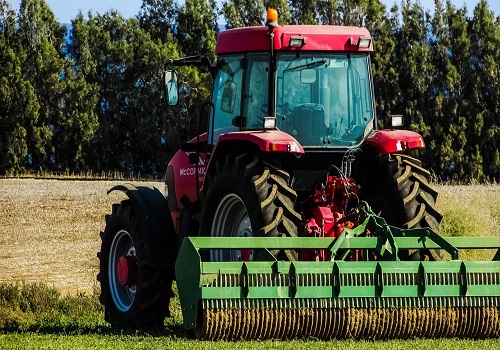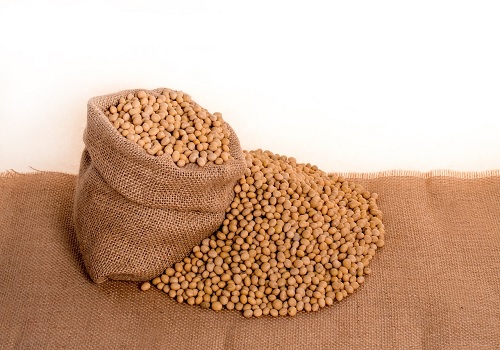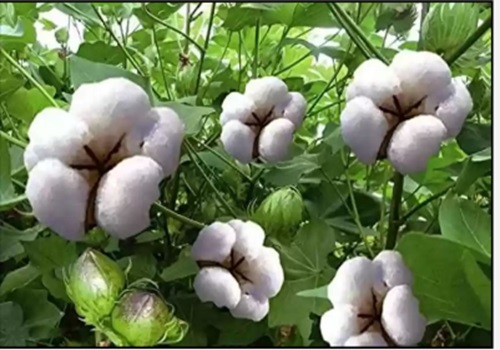India`s Red Chilli Acreage Declines Due to Low Prices & High Stocks by Amit Gupta, Kedia Advisory
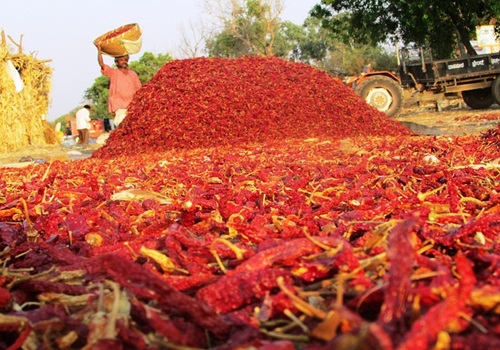
Follow us Now on Telegram ! Get daily 10 - 12 important updates on Business, Finance and Investment. Join our Telegram Channel
India's red chilli acreage has seen a sharp decline of 25-30% this cropping season, primarily in Andhra Pradesh, Telangana, and Karnataka. The shift to alternative crops like maize, tobacco, and green gram, along with low chilli prices and high carry-forward stocks, has influenced farmers' cropping decisions. In key regions such as Guntur, Telangana, and Karnataka, stocks of red chillies are significantly higher than last year. The lower prices of popular varieties like Byadgi and hybrids like 5531, combined with tight cash flow for farmers, are further dampening the sector. Despite this, the crop conditions in the southern states are relatively good.
Key Highlights
# Red chilli acreage down by 25-30% in major producing states.
# Farmers shifting to crops like maize, tobacco, and green gram.
# Carry-forward stocks higher than last year, influencing acreage.
# Prices of Byadgi and hybrid chillies dropped significantly.
# Crop conditions in southern states remain good despite acreage reduction.
India's red chilli acreage has sharply dropped by 25-30% this cropping season, especially in major producing states like Andhra Pradesh, Telangana, and Karnataka. The reduction is mainly due to farmers opting for alternative crops such as maize, tobacco, and pulses, especially green gram, driven by lower prices and high carry-forward stocks in cold storage. In key markets like Guntur, Telangana, and Karnataka, red chilli stocks are significantly higher than last year. For instance, Guntur has over 42 lakh bags of chillies compared to 27 lakh bags in the previous year.
Prices for popular varieties such as Byadgi and hybrids like 5531 have fallen drastically. Byadgi prices in Karnataka have dropped to ?22,000 per quintal from ?60,000, while hybrid 5531 is at ?12,000 compared to ?14,000 last year. Similarly, Teja variety in Andhra Pradesh is priced between ?12,000-15,000 per quintal, down from ?17,000-19,000. This price reduction is making it less profitable for farmers to continue cultivating red chillies.
Despite the reduced acreage, the crop's condition in southern India remains relatively good. However, adverse weather conditions in northern regions like Madhya Pradesh, Gujarat, and Maharashtra have negatively impacted yields. Additionally, farmers are facing tight cash flows, leading them to rely on low-cost crop protection products while delaying planting in some areas.
Finally
The decline in red chilli acreage is a result of low prices, high stocks, and changing cropping patterns. However, good crop conditions in the south may help offset some of the losses.
Above views are of the author and not of the website kindly read disclaimer






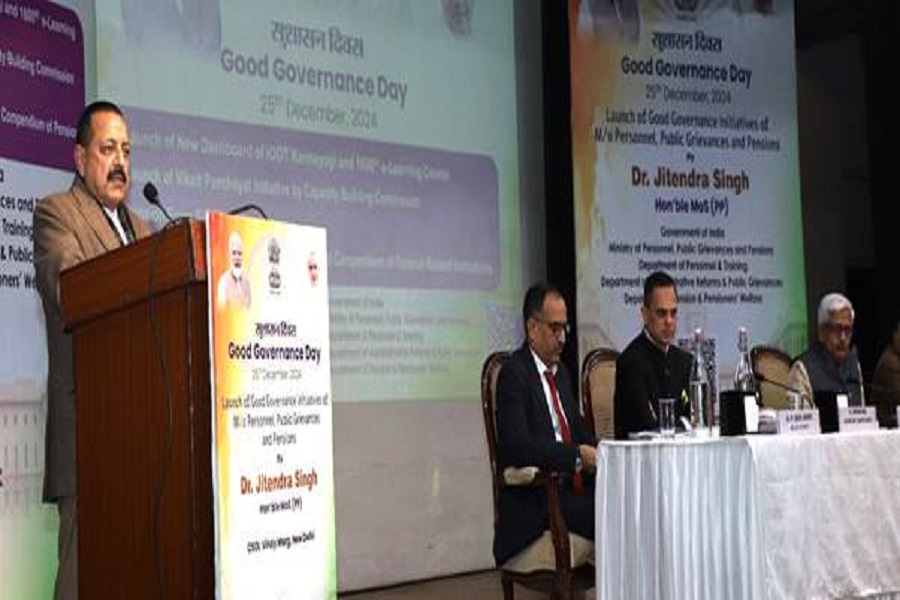





 320-x-100_uti_gold.jpg" alt="Advertisement">
320-x-100_uti_gold.jpg" alt="Advertisement">



